If you watched Stage One of the Giro on Eurosport or GCN then you’ll have heard that someone had the great idea to recruit British professional rider, Dan Bigham to join the commentary team as a ‘chrono specialist.’
It was a delight to listen to his informed, ‘no waffle’ observations.
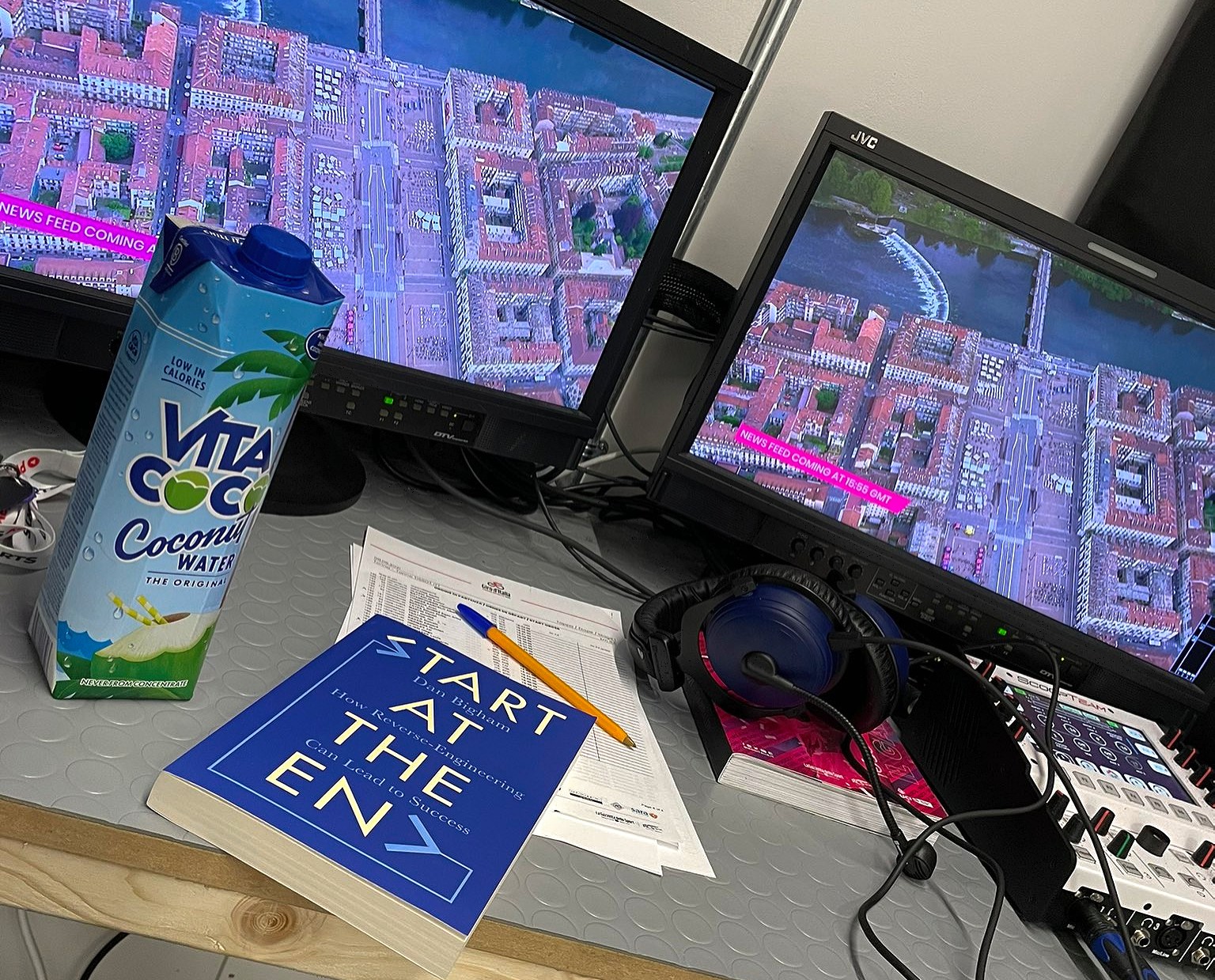
Dan Bigham studied motorsport engineering at Oxford Brookes University and worked in Formula One before moving into cycling.
As a rider he’s achieved much, winning multiple British titles on the track and against the watch, as well as a medal at the UCI Road Worlds in the TTT.
As an entrepreneur/organiser he put together the HUUB Wattbike team which became a major force in World Cup team pursuiting, winning the Minsk and London rounds before the UCI decided there would be no ‘trade’ teams in the competition – a decision they have subsequently reversed.
Recently the Ribble Weldtite rider has become an aerodynamics consultant to likes of Jumbo Visma and the Danish national team pursuit squad – helping them to their stunning 3:44 world record.
Here at VeloVeritas we thought it would be good to put to Dan all those sad questions that trouble bike obsessives like us.
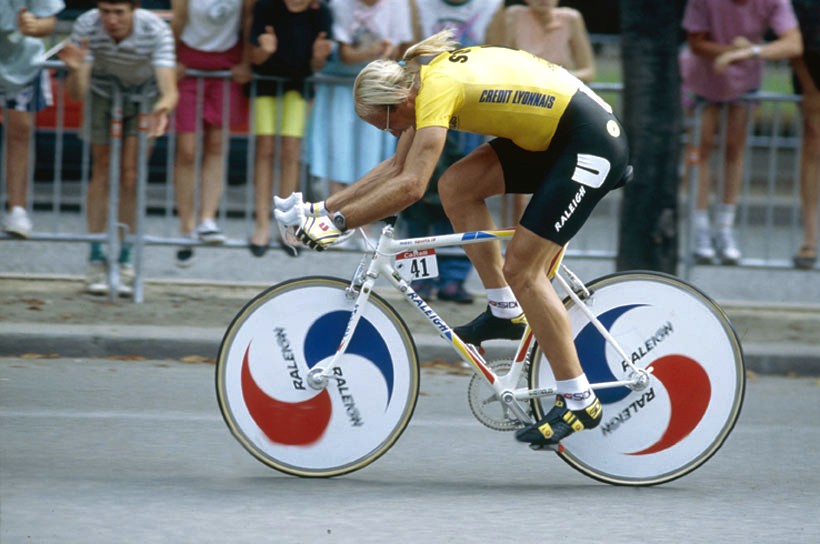
This one has been troubling me for 30 years, Dan – if Fignon had tucked his ponytail in, would he have won the ’89 Tour de France?
“No – but it would have been closer; ponytails just aren’t aero…”
You listed an ‘aero checklist’ during your Giro Stage One commentary?
“Position, helmet, skinsuit and tyres.
“All optimised for the specific rider, the course and the conditions.
“Despite what the marketing guys might say there’s very little difference between the top wheel and frame brands, in terms of performance… it still matters, but relatively less so than people think.
“Tyres are now very, very important – in the Giro prologue, over that distance you could be looking at saving 20 watts between the best and worst options that were used.
“That’s 10 seconds on that course. Any rider would bite your hand off to save that.”
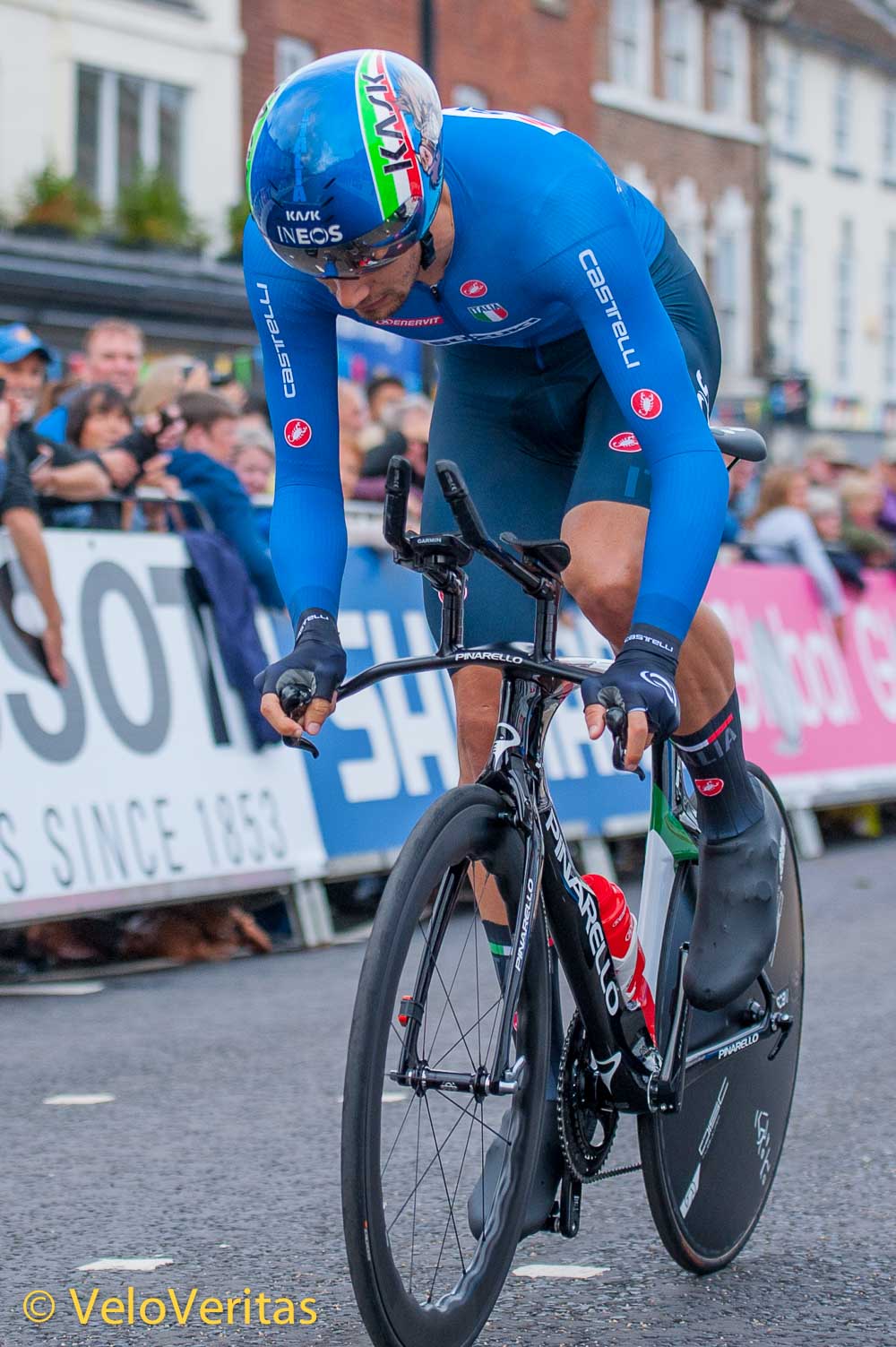
Aero is so important now, some riders, like Jacques Anquetil understood that in the past but how come it’s taken so long for the teams to cotton on?
“If your position is bad but you’re putting out big power then it often masks the aerodynamic atrocities – and with the drug abuse there was in the sport that was the case, they were generating the power that covered up how poor they were aerodynamically.
“But it’s simple, if you can’t put more power in then you have to look at reducing the ‘power out’ side of the equation.
“So now riders & teams are now looking at how you reduce the ‘power out’ side of the equation, and there’s now an arms race on the aero front.
“GB cottoned on early and reaped the rewards at Beijing, London and Rio but other nations have caught up and are looking at other aspects which GB seem to have neglected – strength & conditioning, nutritional interventions & pacing for example.”
POC helmets, the fastest?
“They look cool, they’re different but they’re not necessarily the out and out fastest on every rider – they are quick but much depends on how they suit the rider’s body shape.
“They’re very popular because folks see that certain fast guys use them; that used to be the case with the KASK Bambino when SKY rode them.
“You’ll find that the big pro teams are taking multiple different helmets to a time trial nowadays, with an optimal choice for each rider.”
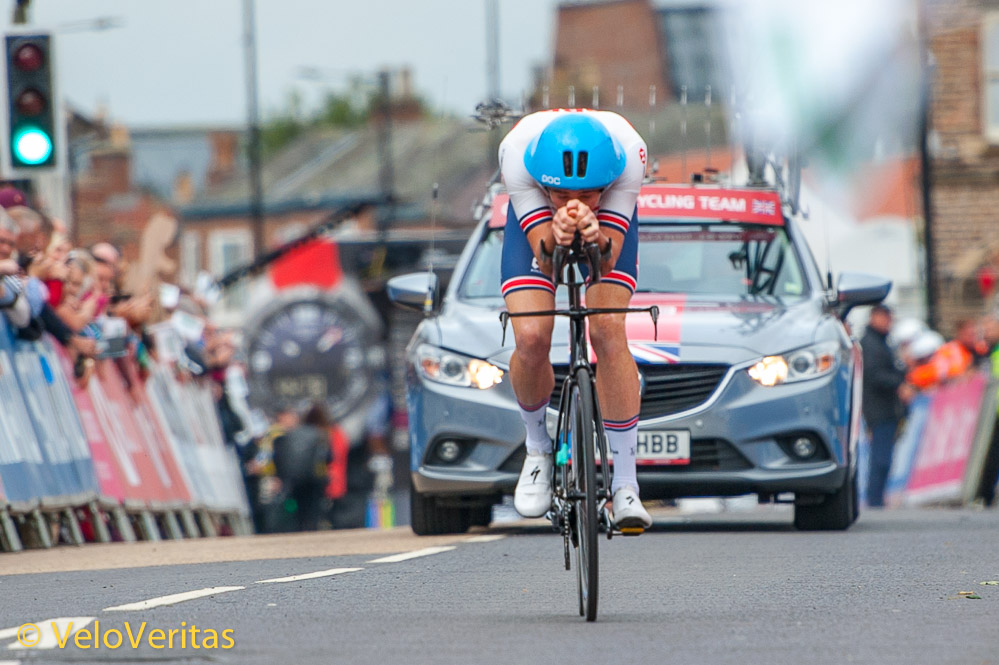
Concealed cables, worth all the hassle of convoluted cable routing?
“They make a massive difference, a cable is a cylinder which is aerodynamically a very poor shape; for every exposed 20 cm of exposed cable you lose around one watt (at 50kph).”
Dropped seat stays, much of a benefit?
“Pretty small, you could around 0.5 watts due to the reducing the frontal area of the stays.”
Forks: What’s best, the big ‘arched’ approach or ‘old school’ tight to the spokes?
“The big crown avoids ‘choking’ the air as it passes through the crown, there’s a lot of air goes in there but in certain cross wind situations the tight to the spokes approach is better.
“When you look at the new GB Hope machines they are working to shed the fork wake in to the rider’s legs, reducing total drag of the system.”
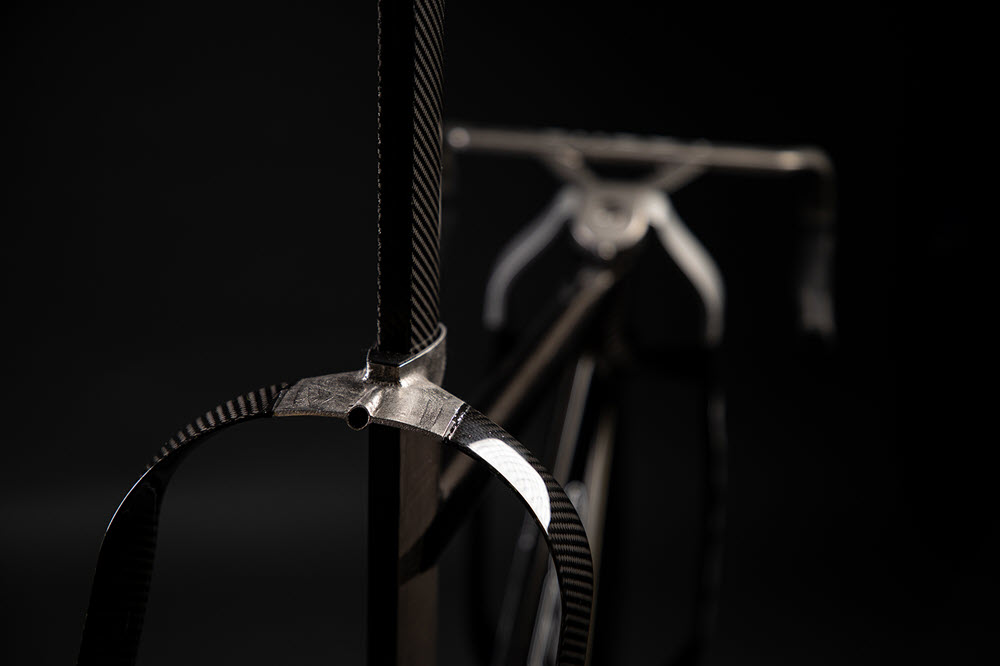
Rim v. disc brakes?
“There’s no easy answer, you perhaps sacrifice a couple of watts but it depends on the design/integration, as well as the yaw angle (wind direction).
“In terms of performance the discs give you much more consistent braking but a down side is that you can’t use radial spokes so spoke drag goes up; however because you take the brakes away from the crown you can design a slimmer head and crown – and there’s no doubt that with development, discs will get faster.
“If I was pushed I’d lean towards rim brakes on the road as we currently are, but in around one/two years I would probably jump across as the R&D efforts of manufacturers come to fruition.”
‘Solid’ disc chainrings – worth investing in?
“The advantage is just about measureable but what is more important is crank profile, the right crank cross section will move through the air more cleanly but you also have to consider stiffness and ‘Q factor’.”
[Width between the pedals, Graeme Obree famously reduced this to a minimum with his washing machine bearing bottom bracket, ed.]
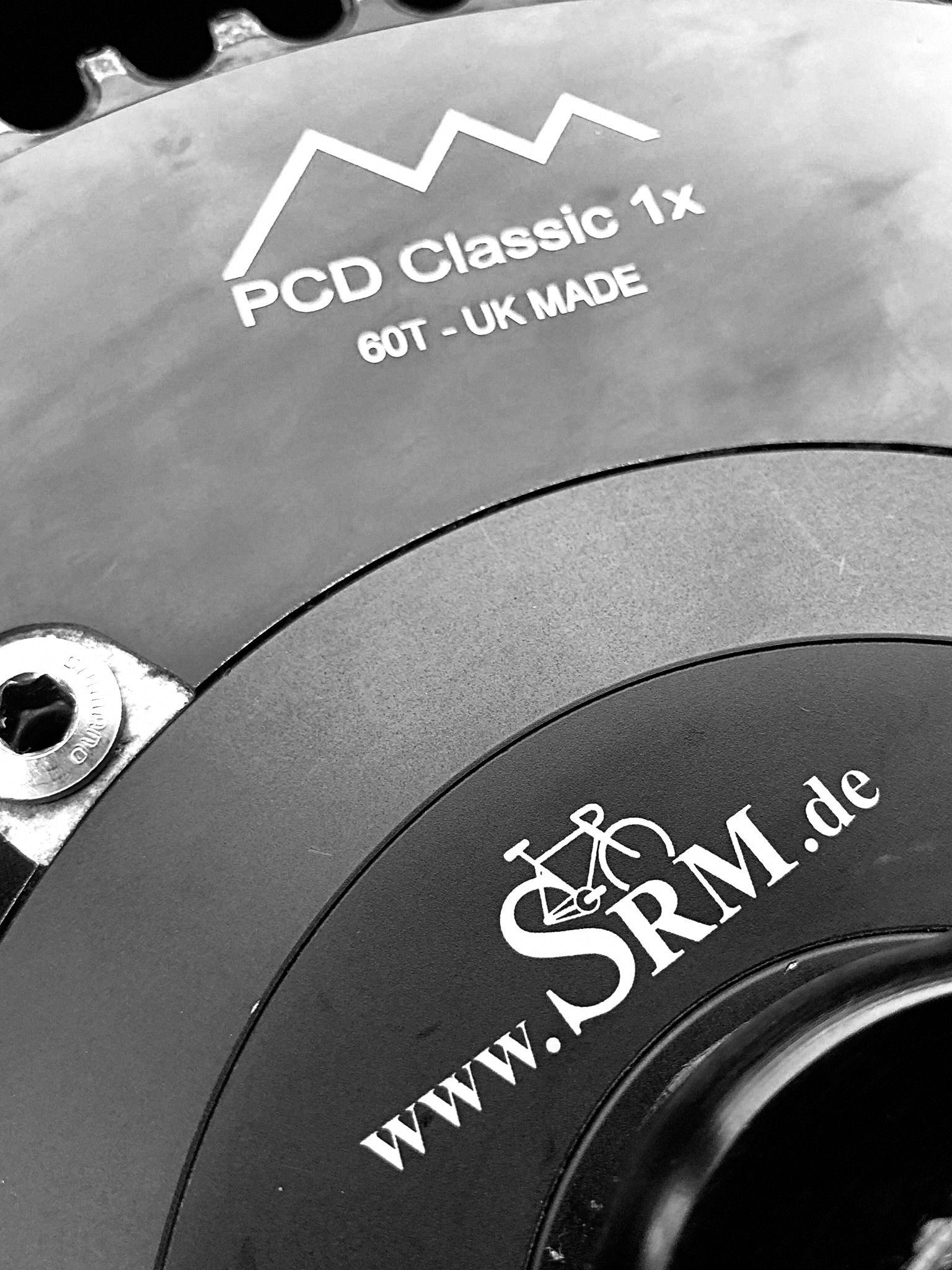
I’ve been told that 44 mm is the optimal depth for an aero front rim?
“I disagree, it depends on the rider, the course, the weather conditions, wind direction and much more.
“The ‘optimal wheel’ is only optimal for the conditions in which are optimising around, so there is a different ‘optimal wheel for every rider, course and conditions you can imagine.”
How come we’re now told that a wider tyre is faster than a narrow one?
“It’s down to the contact patch on the road, a narrow tyre gives a long, narrow contact patch whilst a wider tyre gives a broad but shorter contact patch, hence for a given contact patch size the tyre sidewall deflects less, therefore less energy is absorbed as the tyre rolls.”
Clinchers faster than tubulars?
“Yes, it’s to do with the way they fit the rim, the rim/tubular glued interface isn’t as efficient as a clincher located on a bead.
“The data in the public domain make it very obvious.
“There are far too many old schoolers who make decisions based on subjectivity rather than objectivity.”
[That’s me and my Silk 3’s ‘singing on the tarmac!’ Ed.]
“Please carry on! It means the rest of us get a performance advantage.”
Tubeless?
“There’s very little difference in terms of rolling resistance to a tube-type clincher, but if you puncture nine times out of 10 the tyre will self-seal and you may not even know you’ve punctured and will just keep riding, a big advantage, obviously.”
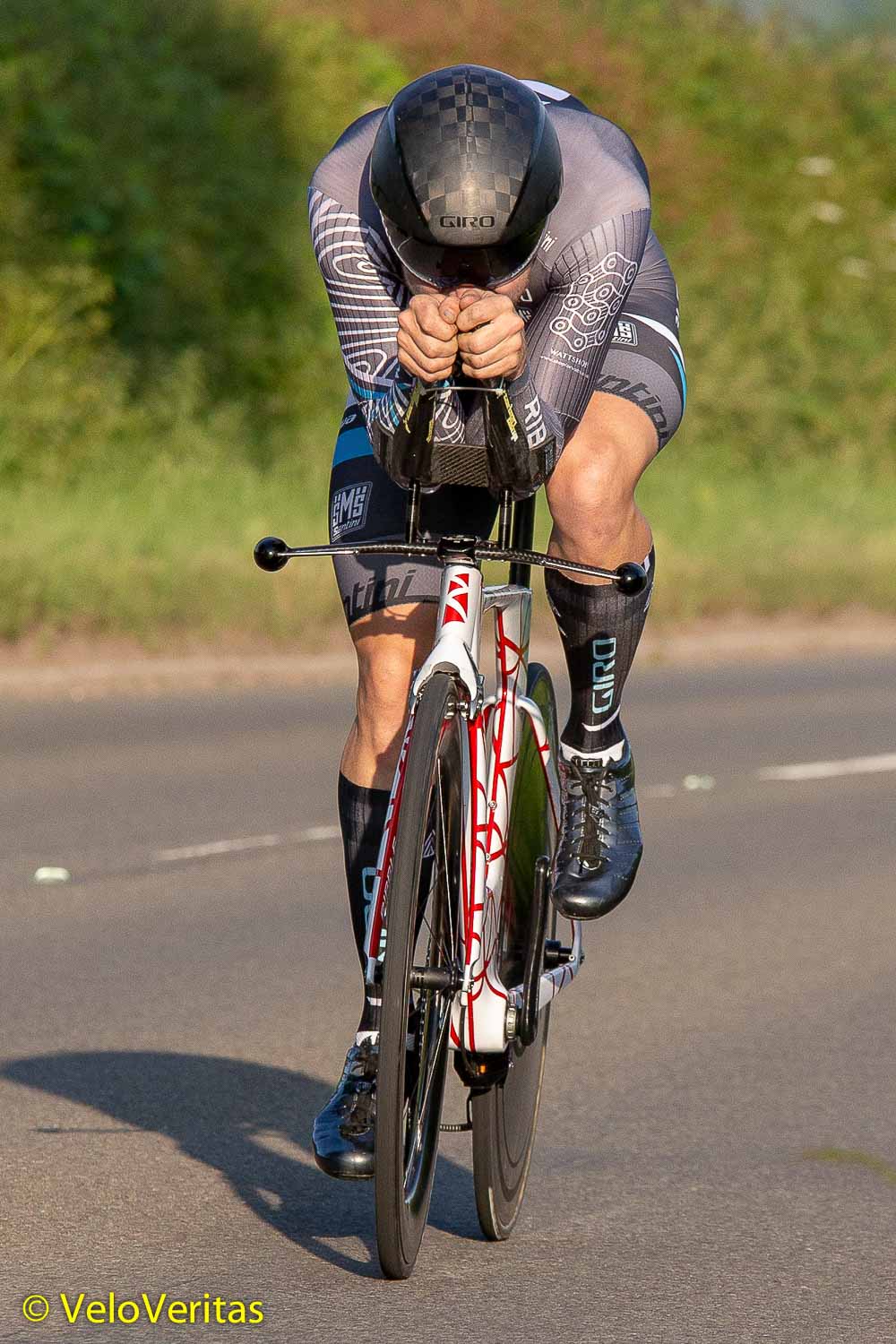
Over-size derailleur rollers?
“There’s a bit in it, the main manufacturer claims 2.4 watts at a 250w output, but it’s more like 0.5 to 1 watt, so it is worthwhile but I’d put them low down the ‘must do’ list.”
Waxed chain?
“Definitely, not just for performance but a high performing chain lubricant will extend the life of the chain.
“Not using a high quality chain lube is a false economy because it is actually wearing away your chain, reducing its lifespan significantly, maybe up to 10 times faster compared to the best lubricants!”
Chain line, surely the straighter the better?
“This is where the big chain ring advantage comes in; if you’re riding a 10 mile time trial and going to do an 18 minute ride then you’d be on 53 x 11,12,13 but if you went up to a 58 ring you could run 12,13,14 whilst on a 62 you could run 13,14,15 – there’s a 0.2% loss in drive train efficiency for every sprocket you’re running away from a straight line hence why all the top testers are running bigger rings.
“It’s nothing to do with ‘huge gears’ as some people suggest. Rider’s power and cadence stays the same, you simply shift up the cassette to get the same ratio.”
Narrow bars a la Jan-Willem Van Schip and – Dan Bigham.
“They make a massive difference, I’ve had a bit of stick from traditionalists about them being dangerous – but look at the track, those big Dutch sprinters are going as narrow as 30 and 32 cm.
“Whilst Azizulhasni Awang the Malaysian keirin specialist rides 28 cm. – and those guys are riding at 80 kph in very tight bunches and higher banking loads.
“On the road they haven’t been adopted yet, but it will happen in the near future.
“My ‘thing’ is being in the breaks or away solo in which case you’re so much more aero.”
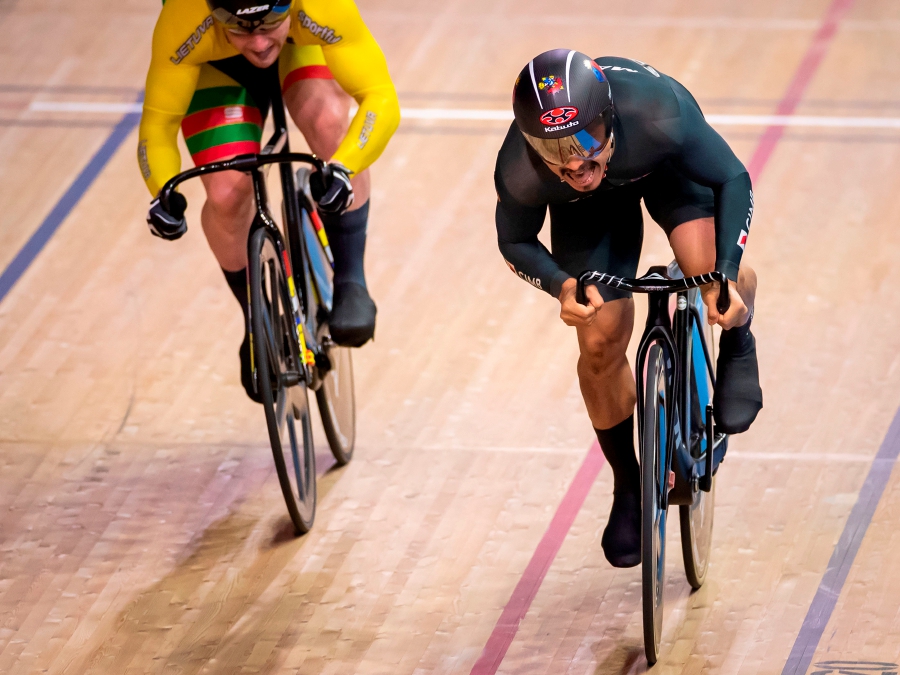
Are you still working with the Danish team pursuit guys; and will 3:44 be fast enough in Tokyo?
“Yes, I’m just back from a month in Denmark, I’m not going to put any numbers out there but I think the winning time will be faster than that…”
What’s 2021 about for Dan Bigham?
“I’m pretty motivated; I have stage races in Estonia and Slovenia coming up with the Ribble Weldtite team; a big target is the time trial in the Tour of Britain, the national time trial championships, the Chrono de Nations and the hour record is on the agenda.”
With thanks to Dan for his time and sharing of his vast knowledge.



